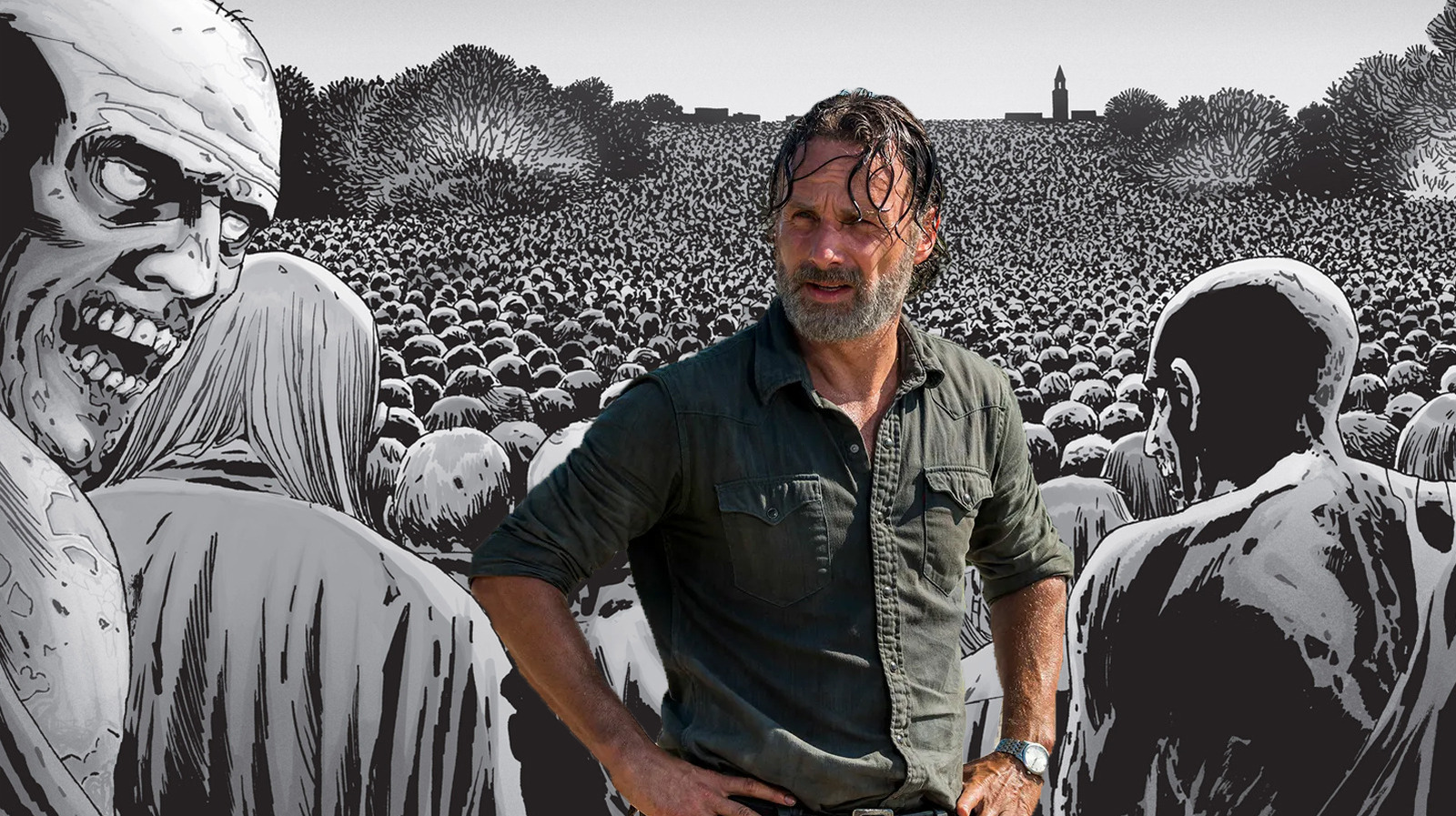
We may receive a commission on purchases made from links.
There’s a lot to compare about “The Walking Dead” TV series and the original comics by writer Robert Kirkman and artist Tony Moore. (Moore was replaced by Charlie Adlard after issue #6, who stayed on for the rest of the run.) The show has many completely original storylines and characters, like the fan favorite and now star of his own series, Daryl Dixon (Norman Reedus). Some characters die much earlier in “The Walking Dead” TV show than they did in the comics, while some last longer. But another big difference is a matter of presentation.
Advertisement
“The Walking Dead” aired in full-color, like how you’d expect a 2010 television series to do. The comic, though, was colored in black-and-white. As a nod to this, a black-and-white edition of the series’ pilot “Days Gone Bye” was made, and “The Walking Dead” season 6 premiere included some scenes shot in black-and-white.
Black-and-white comics are far from unheard of; in manga like “Blade of the Immortal,” for instance, black-and-white is the rule, not the exception. But the greyscale of “The Walking Dead” looks less like the striking high-contrast of light and dark in a manga, and more like a world drained of color. Basically, it looks like a black-and-white film — with good reason, because such a film is exactly what the comic is supposed to look like.
Advertisement
Like every modern zombie story, “The Walking Dead” is playing in a sandbox that filmmaker George Romero built with his 1968 film, “Night of the Living Dead.” Kirkman considers that film “the most sophisticated zombie movie,” so much so that he and Moore originally meant to set “The Walking Dead” in the same world as the movie. The (non-canon) pilot issue of “The Walking Dead” features Rick and Lori Grimes watching news on the zombie outbreak on a ’60s television. As argued by Brian Cronin at CBR, that detail places the comic within the same timeframe as “Night.”
“Night of the Living Dead” is in public domain due to a copyright error, but Kirkman and Moore decided to “do something completely different,” including moving the comic to a contemporary setting. While “The Walking Dead” no longer shared a world with the film, Kirkman and Moore decided to keep the series in black-and-white.
“You could get away with more gore [in black-and-white],” Kirkman explained. “It’s not all bloody and violent with red all over the page, so it seems a little less offensive. It’s also a little cheaper to print.”



